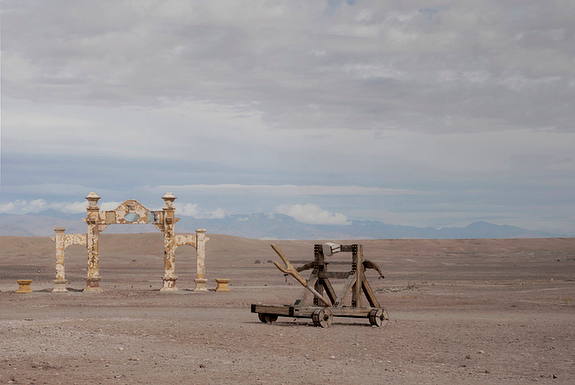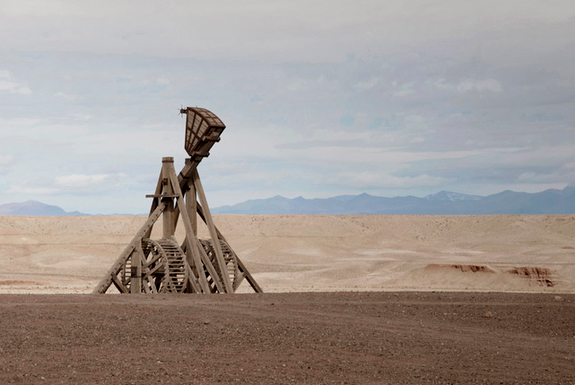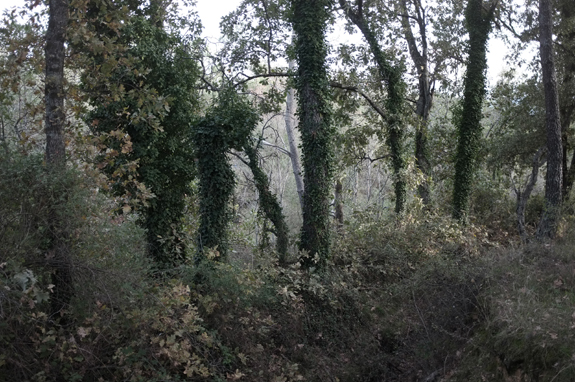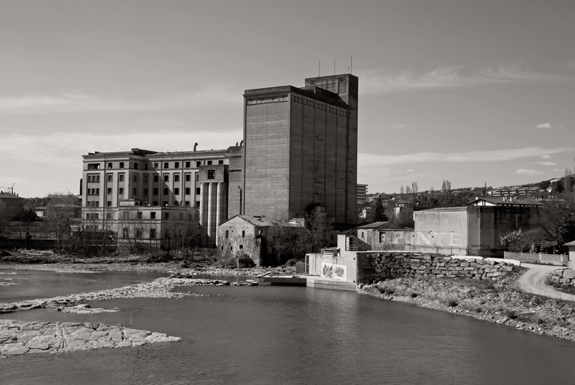
www.JoseLuisDeLaParra.com
In times when nothing seems to have been created to last and it is the ephemeral reason of things that prevails, our transfiguration toward a disposable world is recognized as a congenital illness.
We live mesmerized by an entertainment society that in a systematic, insensitive manner creates, exhausts, and discards. Under the inflexible, dominant pressure of a culture of immediacy, it subjects its own product to terminal corrosion.
Beyond the rigidity of the conceptual apparatus and ideological assumptions, the civilization of entertainment is cruel. It has no memory. It lives stuck to novelty, no matter which, as long as it moves on.
This vertiginous production rate leads nowhere but to an accelerated obsolescence of its mechanisms. Thus, film settings — apparently enormous and grandiose — suffer the depraved parody of their own fleetingness. Settings condemned by their own staging.
A mere instrument for fantasy, when a setting becomes repetitive in the collective imagination, the same industry that created it sentences it to destruction. If not physically, by discrediting it with neglect.
It is these containing spaces with no content that frame this series. Photographs that capture these spaces now condemned to become even more contrived theme parks, by-products of a tourism industry that long ago became disfigured into another entertainment society’s tentacle.
Thus, hordes of visitors searching to devirtualize something that was previously constructed in their pictorial imaginary will dictate the epilogue for spaces recorded herein.
— José Luis De La Parra, Madrid, Spain













